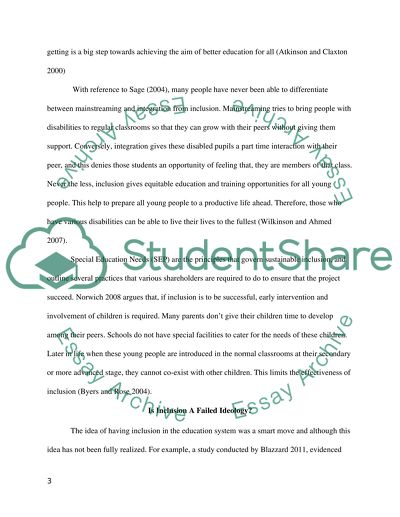Cite this document
(“Is Inclusion a failed ideology Essay Example | Topics and Well Written Essays - 3750 words”, n.d.)
Retrieved from https://studentshare.org/education/1402184-is-inclusion-a-failed-ideology
Retrieved from https://studentshare.org/education/1402184-is-inclusion-a-failed-ideology
(Is Inclusion a Failed Ideology Essay Example | Topics and Well Written Essays - 3750 Words)
https://studentshare.org/education/1402184-is-inclusion-a-failed-ideology.
https://studentshare.org/education/1402184-is-inclusion-a-failed-ideology.
“Is Inclusion a Failed Ideology Essay Example | Topics and Well Written Essays - 3750 Words”, n.d. https://studentshare.org/education/1402184-is-inclusion-a-failed-ideology.


